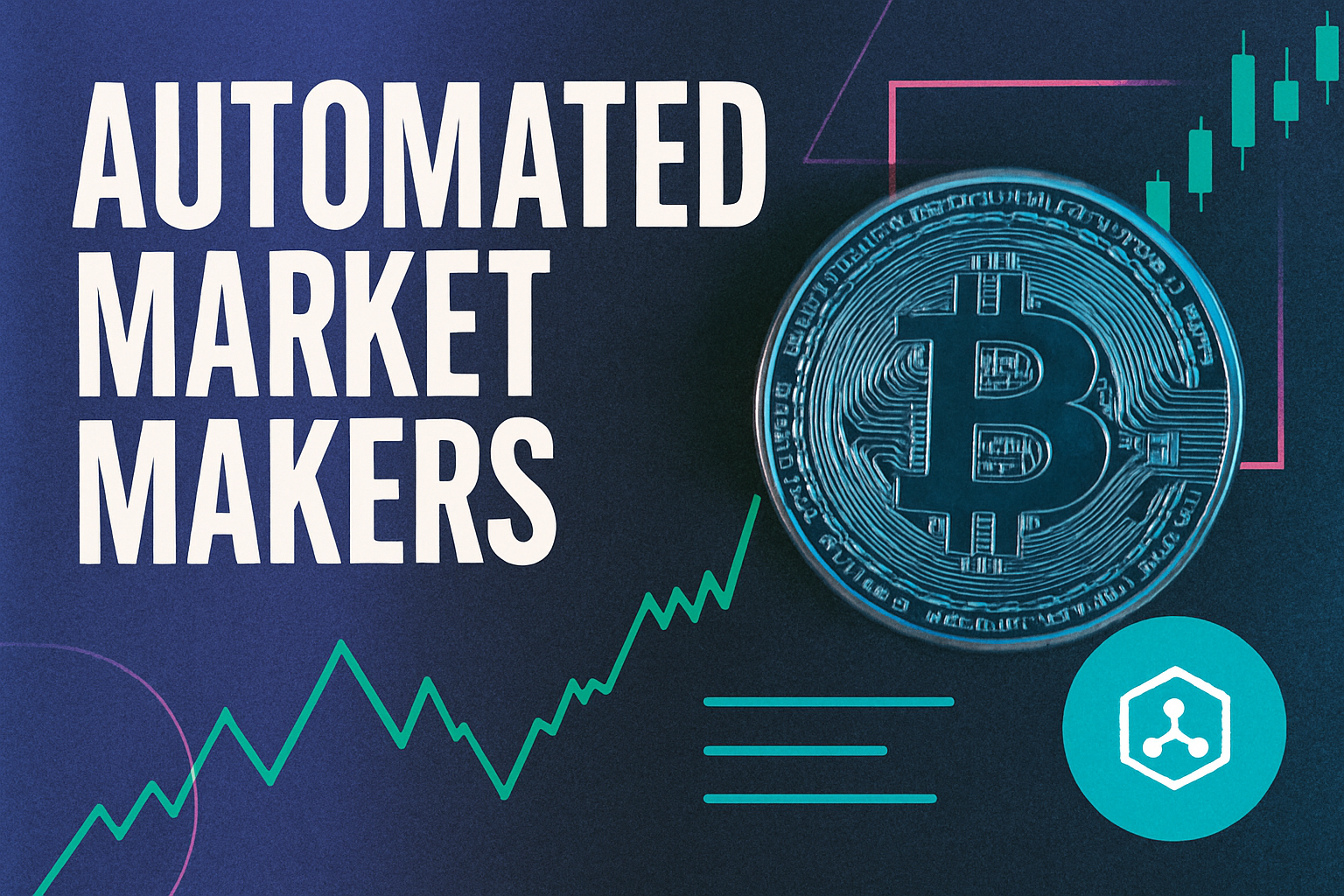
Token distribution models are foundational to the fairness and sustainability of any blockchain ecosystem, particularly when it comes to the redistribution of Maximal Extractable Value (MEV). As the DeFi sector matures and MEV extraction becomes more sophisticated, protocols are under increasing pressure to design incentive structures that do not simply reward early insiders or whales. Instead, they must create environments where both early adopters and long-term contributors share in network growth. The U-shaped token distribution model has emerged as a compelling answer to this challenge, with MegaETH’s recent MiCA whitepaper bringing renewed attention to its potential.

What Is a U-Shaped Token Distribution Model?
A U-shaped token distribution model deliberately allocates a significant portion of tokens to both early participants and long-term contributors, while offering less favorable terms to those who enter during the middle phase. This approach stands in contrast to linear or front-loaded distributions that often skew rewards toward initial insiders or create unsustainable inflationary pressures.
MegaETH’s implementation is particularly instructive. According to its MiCA whitepaper, only 9.5% of MEGA tokens are allocated to the team, a remarkably modest figure compared to industry norms, while over 53% is reserved for staking rewards designed to bootstrap validator participation and sustain network activity. The protocol’s custom U-shaped allocation system is activated when demand exceeds supply, ensuring priority for core supporters but also guaranteeing that at least 5,000 participants receive a baseline allocation starting at $2,650.
Why U-Shaped Distributions Matter for MEV Redistribution
The relevance of U-shaped models becomes even clearer when viewed through the lens of MEV redistribution strategies. MEV refers to the value captured by validators or miners through strategic transaction ordering within blocks, a phenomenon that can easily concentrate wealth among a small subset of actors if left unchecked.
By leveraging a U-shaped model:
- Early validators are incentivized with meaningful token allocations, helping establish a robust and decentralized network foundation from day one.
- Long-term contributors remain engaged thanks to sustained rewards distributed over time, preventing short-termism and validator churn.
- Middle-phase entrants, who might otherwise dominate via capital or timing advantages, receive less preferential treatment, dampening speculative behavior and promoting organic participation.
This balanced approach enables fairer MEV sharing mechanisms such as MEV-smoothing, where rewards are averaged among validators rather than disproportionately favoring block proposers with lucky MEV opportunities. The result is reduced profit disparity across participants and fewer incentives for collusion or exploitative practices.
MegaETH: Real-Time Insights into Fair Token Allocation
MegaETH’s current market activity further underscores the viability of these models. With MEGA trading between $4 billion and $5 billion FDV on Hyperliquid’s pre-market in recent days, and baseline allocations starting at $2,650, the protocol demonstrates how transparent distribution rules can align incentives for both retail users and institutional players.
The dual mechanism outlined in MegaETH’s whitepaper ties issuance not just to time but also directly to network development metrics. This ensures that token emissions respond dynamically to actual ecosystem growth rather than arbitrary schedules, a crucial step toward sustainable contributor rewards within blockchain economies.
This dynamic allocation methodology is especially relevant as DeFi markets mature and the sophistication of MEV extraction continues to increase. By anchoring distribution to real network activity and transparent participation thresholds, MegaETH’s model offers a template for protocols seeking to mitigate the risks of centralization and speculative dominance.
Notably, the activation of MegaETH’s U-shaped allocation system only occurs when demand outstrips supply, a mechanism that not only prevents oversubscription by a handful of high-capital players but also ensures wider community access. This approach is designed to reward both those who help bootstrap the network in its infancy and those who commit to its longevity, creating a self-reinforcing cycle of fair participation and ongoing decentralization.
Implications for Fair Token Distribution in DeFi
The broader implications for decentralized finance are significant. By prioritizing fair token allocation through mechanisms like U-shaped curves, protocols can:
- Reduce wealth concentration: Limiting oversized allocations for any single cohort discourages the emergence of dominant actors who could otherwise extract disproportionate MEV rewards.
- Encourage sustained engagement: Long-term rewards tied to ongoing participation incentivize validators and contributors to act in the network’s best interest over time, aligning economic incentives with protocol health.
- Enhance transparency: Publicly defined allocation rules, such as baseline allocations starting at $2,650, build trust among participants and set clear expectations around reward structures.
These design choices are not merely theoretical. As seen with projects like RediSwap and MEV Blocker, integrating redistribution mechanisms at both the protocol and application layers can meaningfully reduce loss from MEV extraction while amplifying fairness for end users. The transparency embedded within U-shaped models also helps bolster community legitimacy, a vital asset in today’s competitive blockchain landscape.
Future Outlook: Experimentation and Adoption
The rise of U-shaped token distribution models signals a broader shift toward more nuanced approaches to blockchain incentive design. As highlighted by recent commentary on token emission experiments, we are likely to see further innovation as protocols seek to refine these frameworks in response to evolving market dynamics and regulatory environments.
For protocol designers, traders, and developers interested in sustainable MEV redistribution strategies, closely monitoring the outcomes from MegaETH’s implementation will be instructive. Its combination of low team allocation (9.5%), high staking rewards (53.3%), demand-responsive issuance, and transparent minimum allocations provides a powerful case study in balancing fairness with growth incentives.
To delve deeper into how these models enhance fairness across blockchain ecosystems, and how you can implement them in your own protocol design, explore our comprehensive analysis at this resource.






